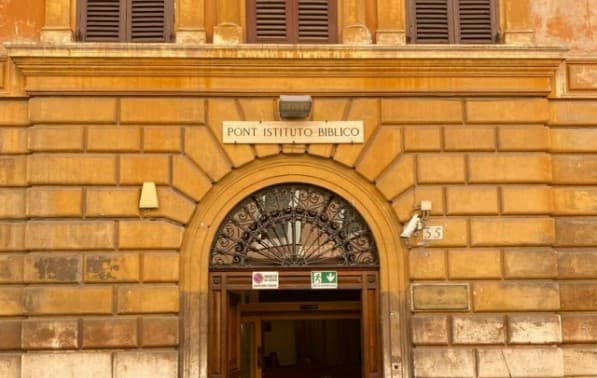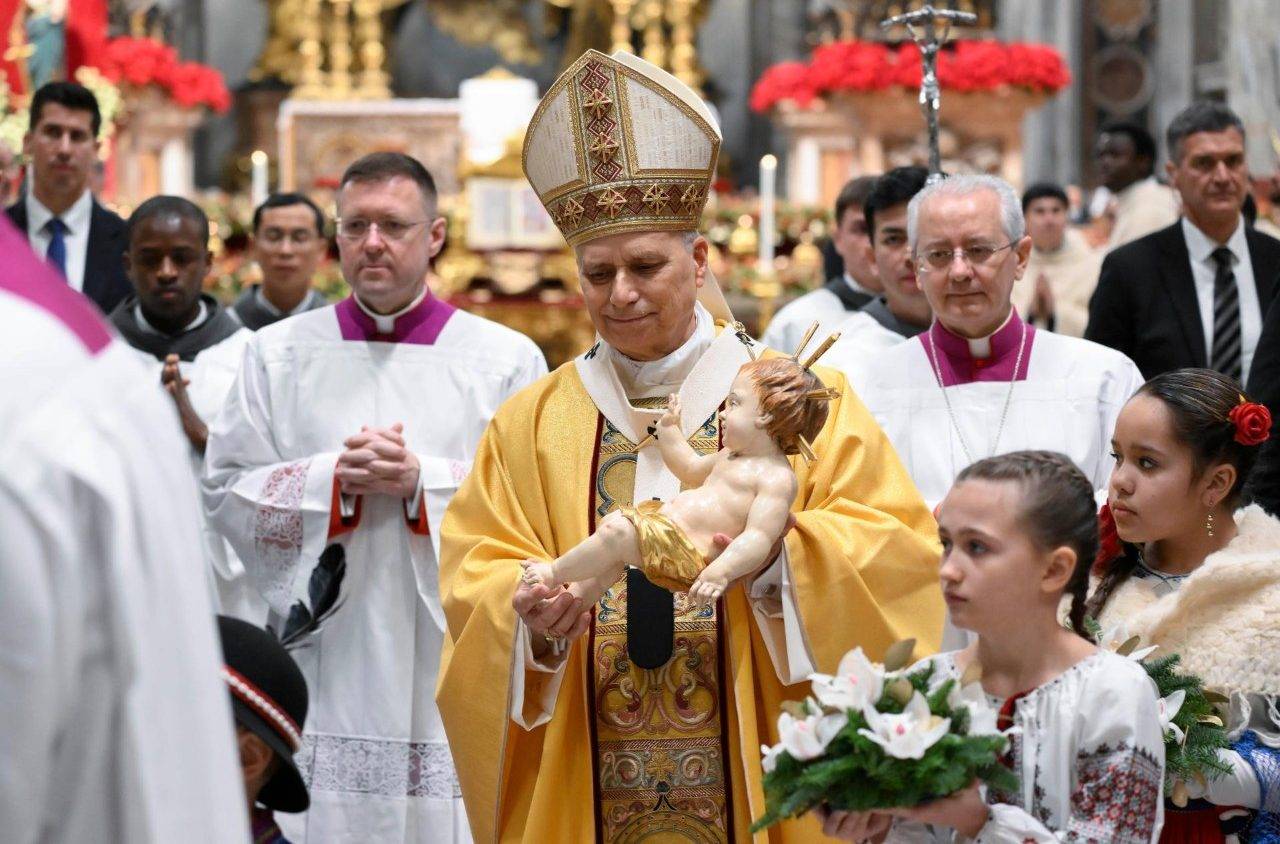ROME — Though the role of church-run institutions in sheltering Jews during the Nazi occupation of Rome was already well know, the discovery of a list of all those who took refuge previously believed to be lost has added new historical detail.
The list, found in the archives of the Jesuit-run Pontifical Biblical Institute in Rome, indicates that some 4,300 persons were sheltered between September 1943 and June 1944, when Rome was liberated by Allied forces.
Of that number, 3,600 persons are identified by name on the list, and of those, at least 3,200 were Jews, researchers say, a finding confirmed by comparing the list with archives maintained by the Jewish community of Rome.
In all, at least 100 women’s religious orders and 55 men’s communities, as well as parishes and other Catholic institutions, provided places of refuge during the German occupation.
During the period of Nazi occupation of Rome, at least 2,000 Jews, including hundreds of children and adolescents, were killed out of a total community estimated at the time between 10,000 and 15,000 people. Most died in the Auschwitz-Birkenau camp after a roundup of Roman Jews in mid-October 1943.
News of the discovery of the list of those rescued was presented Thursday during a conference at the Holocaust Museum of Rome titled, “Saved: The Jews Hidden in Religious Institutes of Rome (1943-44.)” Organizers said the list has not yet been made public “for reasons of privacy,” presumably to provide an opportunity to inform family members and descendants of the people identified.
“We know where they were hidden and, in some circumstances, their places of residence before the persecution,” said a joint statement from the Pontifical Biblical Institute, the Jewish Community of Rome and Yad Vashem.
“The documentation adds to the information regarding the story of rescues in the context of religious institutes in Rome,” the statement said.
According to the researchers involved in the project, the list was complied by an Italian Jesuit named Father Gozzolino Birolo between June 1944 and the spring of 1945. Birolo, who died of cancer in June 1945, had been in charge of finances for the Pontifical Biblical Institute under its rector at the time, German Father Augustin Bea, who would go on to become a cardinal and a pioneer in Jewish-Catholic relations after the war.
Among the church facilities in Rome where jews found refuge, according to the documentation, were the Parish of the Transfiguration, the Parish of Divine Providence, the Major Roman Seminary, the Church of San Carlo al Corso, the Parish of Santa Maria in Trastevere, the Church of Santa Maria delle Fornaci.
Researchers said that a list of religious institutes in Rome that harbored Jews, along with the numbers in each case, had already been published by an Italian historian named Renzo De Felice in 1961. However, the source material upon which his list was based had been considered lost until the recent discovery.
While there long has been a debate over the alleged “silence” of Pope Pius XII regarding the Holocaust, including the deportation of Roman Jews, most observers believe that the shelter afforded Jews by religious institutes in Rome would not have occurred without his explicit encouragement.
While the list of persons saved is overwhelmingly composed of Jews, researchers say there are also a number of individuals who were sought by the Nazis for other reasons, including Italian partisans engaged in resistance to the occupation.














